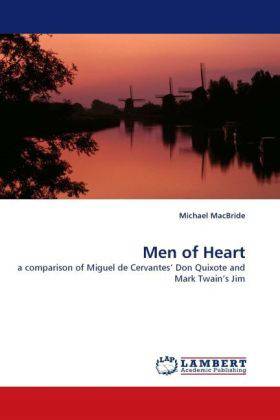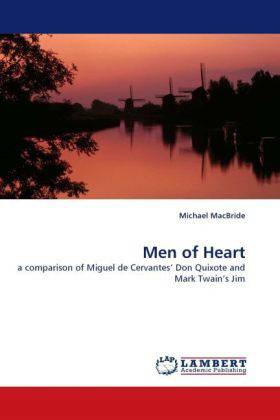
Je cadeautjes zeker op tijd in huis hebben voor de feestdagen? Kom langs in onze winkels en vind het perfecte geschenk!
- Afhalen na 1 uur in een winkel met voorraad
- Gratis thuislevering in België vanaf € 30
- Ruim aanbod met 7 miljoen producten
Je cadeautjes zeker op tijd in huis hebben voor de feestdagen? Kom langs in onze winkels en vind het perfecte geschenk!
- Afhalen na 1 uur in een winkel met voorraad
- Gratis thuislevering in België vanaf € 30
- Ruim aanbod met 7 miljoen producten
Zoeken
Omschrijving
The similarities between these picaresque texts are many, including: autobiographical elements, satirical voice, harsh criticism of aristocracy, dark comedy, incredible comedic physical abuse, characters with similar traits, similar plot devices, similar chapter titles, and both feature the language of the common person (instead of the "high" language of the upper class). Twain loved and admired Don Quixote and includes several direct references to the novel in his work, including the quote from Chapter 3 of The Adventures of Huckleberry Finn. The majority of the scholarship comparing these two books relies on a study by Olin Harris Moore from 1922, in which he claims that Tom Sawyer is Mark Twain s answer to Don Quixote. Moore s article has been the basis for the majority of comparisons between the two works. This essay focuses on comparisons between Mark Twain s Jim (rather than Harris suggestion of Tom) and Cervantes Don Quixote, most notably their admirable traits, and their elusive dreams.
Specificaties
Betrokkenen
- Auteur(s):
- Uitgeverij:
Inhoud
- Aantal bladzijden:
- 108
- Taal:
- Engels
Eigenschappen
- Productcode (EAN):
- 9783838356334
- Verschijningsdatum:
- 6/07/2010
- Uitvoering:
- Paperback
- Afmetingen:
- 152 mm x 229 mm
- Gewicht:
- 168 g

Alleen bij Standaard Boekhandel
+ 121 punten op je klantenkaart van Standaard Boekhandel
Beoordelingen
We publiceren alleen reviews die voldoen aan de voorwaarden voor reviews. Bekijk onze voorwaarden voor reviews.









